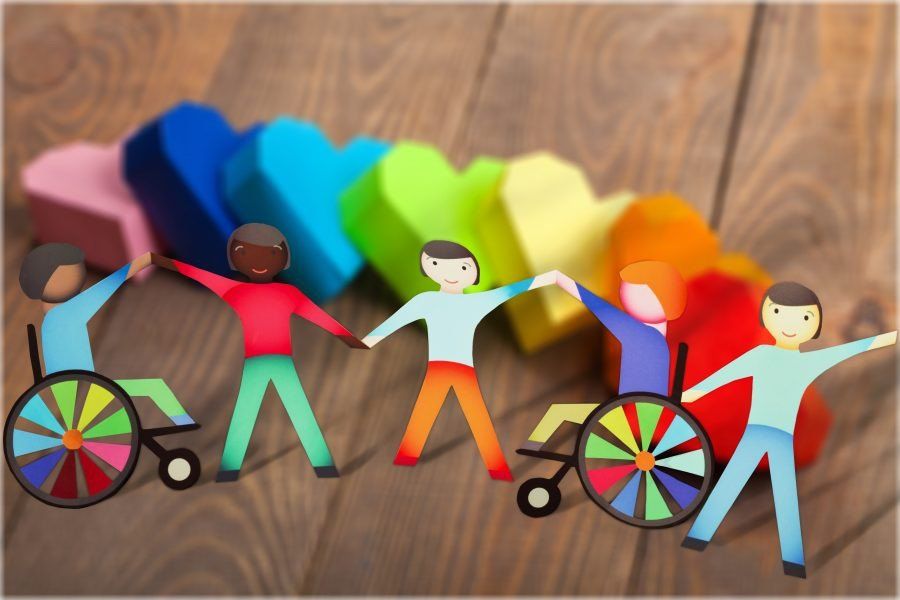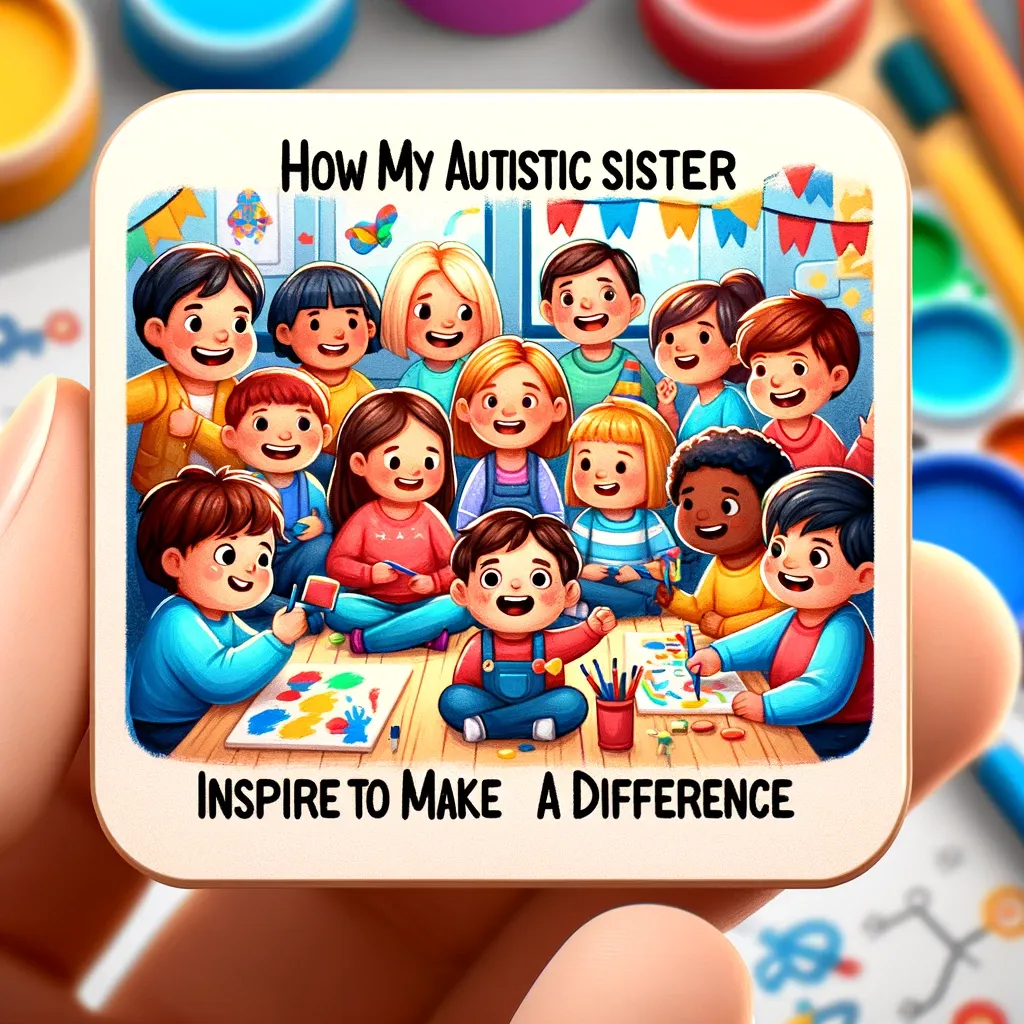Are We Thinking Ahead Of The Impact Of Modern Urbanisation?

Moving with the times in architectural designs
It seems like only a few moments are spent ogling at architectural designs around the world, from centuries-old cathedrals to modern skyscrapers, structures like these can often be likened to an iceberg.
We usually see the outcome and structural beauty (the tip of the iceberg) but little recognition goes into the tireless hours, workmanship and decades spent planning, designing and building it (the full iceberg beneath the water).
Digital technologies have made it less of a necessity to live in major cities, however urbanisation is still very much rapidly growing throughout the decades.
Contributing factors that go into making urbanisation work in different parts of the world include: space, sustainability, preservation of culture, and progression with the times.
At the recent Fenestration BAU China 2017 in Shanghai, Messe München (one of the largest exhibition companies in the world) along with their China partners had design experts and renowned architects flown in from around the globe to share their industry insights.

Pic source: www.bauchina.com
The exhibition fair, said to be Asia’s largest professional gathering in the building industry, attracted 625 exhibitors – of which 20% were international – and over 95,000 visits including many international and national architects.
Dr Reinhard Pfeiffer, deputy chief executive officer of Messe München said in his opening speech that “the aim of the conference is to give insights into quality, sustainability, and urbanisation for the Chinese market.”
Are we thinking about leaving a positive impact?
Hasty urbanisation has led to pollution, land destruction and other damages on our environment. With increased awareness of this, it has led to thinking of new solutions to create more green, sustainable and smart cities.
As Dr-Ing Peter Mösle, partner of Drees and Sommer, said at the congress,
Sustainability should be the core of our innovations and not just an add-on.
This might interest you: Is Your Environment Holding You Back?
What is a smart building?
Mösle shared that often people improve their buildings over time and try to make them work towards leaving a positive impact on the environment.
However, his team’s strategies are different. They reverse it by first making sure that the building leaves a positive impact on the environment.

Espai Barca. Pic source: www.fcbarcelona.com
“Buildings should be like trees. Trees give you clean air, clean water, bring enough daylight – this is what our buildings should imitate. They should be creating more energy than the building needs in order to leave a positive impact.”
An example given is the Barcelona Football Club Stadium (Espai Barca) that placed sustainability and the environment as their core objectives. Their efforts included using recyclable materials, urban integration, smart parking, solar photovoltaic systems for renewable energy (lighting), and rainwater harvesting to save energy and the environment.
This might interest you: 4 Ways To Address Environmental Issues
Setting design priorities right
In terms of design, we see much of nature incorporated into office spaces and buildings today.
“It can’t only be design-oriented and not human-oriented. It’s better to focus on sustainability and key efficiency first, and then design,” said Matthias Strauss, Messe München’s exhibition director.
Nature can sometimes be even more playful than people. In one of our building projects, we found a tree growing in between two walls. We decided to leave it there as a feature, said Professor Brian Chang, head of TeamMinus, Beijing.
Instead of simply transforming old cities into new buildings, we have to start transforming from ‘old city’ reconstruction into urban organic renewal, such as making buildings more friendly to reduce the use of electricity.

Peter Muller’s ‘Muller House’ biophilic design. Pic source www.architectureanddesign.com.au
Changing culture and shifting mindsets
It is never an easy feat to change deep-rooted culture that is so used to their conventional ways of design for the better.
What BAU aims to do is aligned with China’s governmental targets in their five-year plan to move into creating sustainability and efficient homes, and building new cities in surrounding mega cities.
“We try to break that down for the building market by holding exhibition fairs such as this one. Our main target groups are architects, developers, real estate groups, dealers in the high quality ranks, and engineers. We want to give exhibitors their right target groups for their businesses,” said Strauss.
For countries like Singapore, it is a challenge for them to get energy. They need to either import it or use gas because of the lack of wind and limited solar energy, shared Professor Kees Christiaanse, partner of KCAP Architects and Planners, Rotterdam, Zurich and Shanghai.
In sci-fi movies like the Blade Runner 2049, there is an ‘expectation’ that we will eventually drive flying cars and work in extreme futuristic structures.
On the contrary, Christiaanse predicts that the future of a city will be less sci-fi and more of a co-existence of the old and the new, rather than a complete elimination of the old.

Architectural Design and Research Institute of Tsinghua University Teamminus Jianamani Visitor Center. Pic source www.divisare.com
How can buildings inspire us?
How an environment affects a person explains why designing buildings plays a major role in how a person functions and feels.
Humans are innately playful creatures and we can translate that in the way we design our workplaces and amenities.
Prof Chang, for example, implemented teamwork games into one of his projects and it includes rock climbing and street games which allow physical interaction for the public in a highly digitisalised world.
Kai-Uwe Bergmann, partner of Bjarke Ingels Group (BIG) New York shared about how they incorporated people’s cultures into their parks in Copenhagen.
The neighbourhood consisted of citizens from many parts of the world. After doing a survey to ask what they missed about their homeland, the designers decided to embed some of their cultures into the parks. Trees, bus stands, a fountain from Morocco, board games and neon signs were recreated to represent their feeling of being ‘home’.
Building and environments can inspire. They can send a message that you care about your people and their well-being.

Superkilen park, Copenhagen. Pic source www.archdaily.com
How will Malaysia be affected?
Corporations in Malaysia can look forward to working together with Messe München as they hope to establish connections with Malaysian corporations.
“Malaysia will be one of our focus countries, together with Vietnam, Thailand, and Indonesia in the coming years,” added Strauss.
Are you ready for a change?
Community





